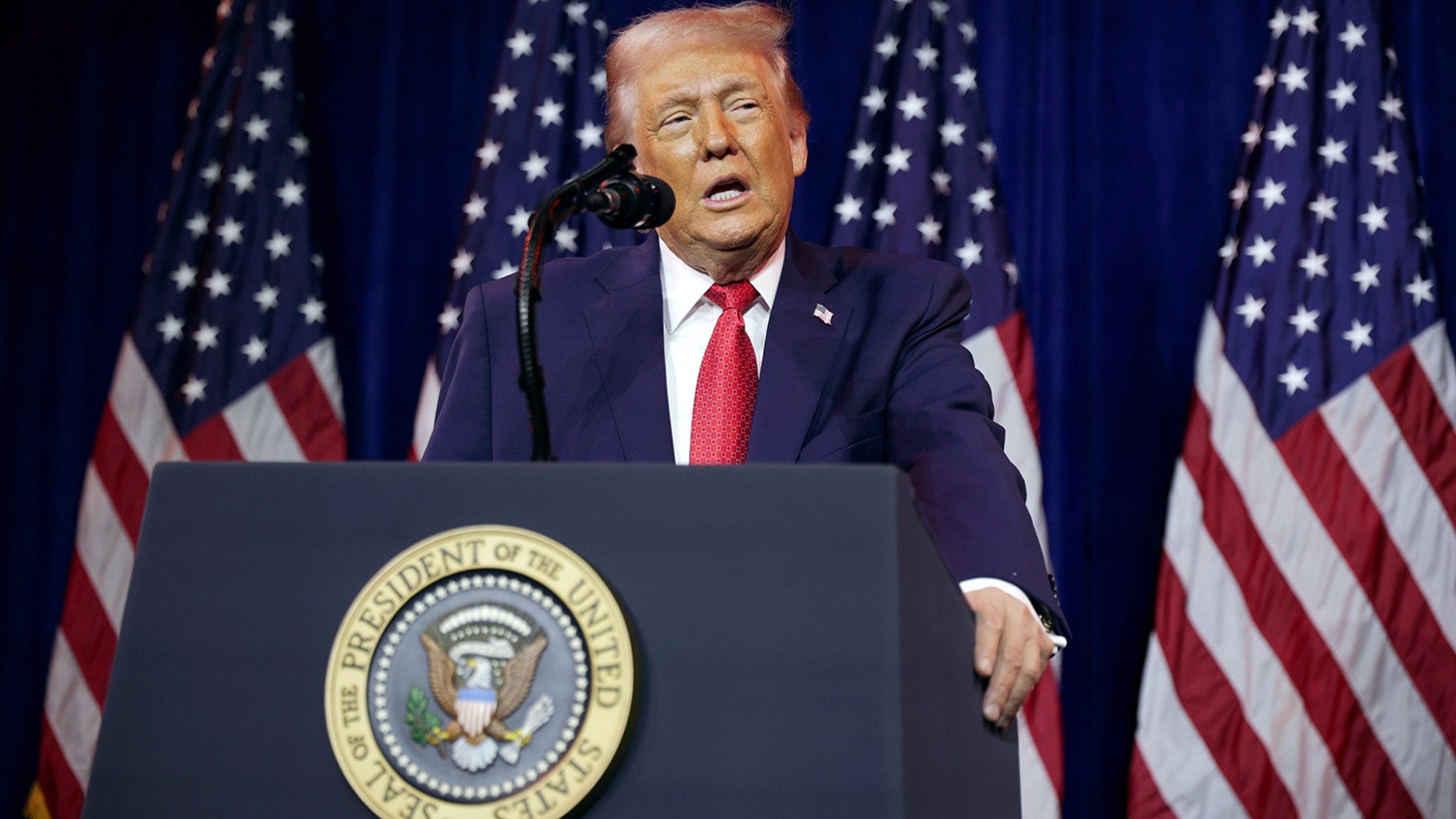CHART: 40 years later, Roe v. Wade is still under siege
Last year, 43 provisions in 19 states sought to restrict access to abortion

Forty years ago, the Supreme Court voted 7-2 to protect a woman's right to have an abortion in her first trimester, citing the constitutional right to privacy. But now, the pro-abortion-rights Americans who fought to win the landmark Roe v. Wade decision might not recognize today's bruised-and-battered version of the law.
It began in 1992, when the Supreme Court gave states more power to regulate abortion, choosing to judge laws by whether they placed an "undue burden" on the mother, rather than the more rigorous "strict scrutiny" standard. Since then, many clinics that provide abortions have been forced to shutter their doors, and women who seek legal abortions face significant obstacles like waiting periods, mandatory ultrasounds, a lack of insurance coverage, and false medical claims. (North Dakota, for instance, requires doctors to warn patients about the supposed breast cancer risk of having an abortion. That claim has been proven false by the National Cancer Institute, according to Bloomberg BusinessWeek.)
The last couple years in particular seen many wins for anti-abortion activists: According to the Guttmacher Institute, there were more abortion restrictions passed on the state level in 2011 than any prior year, and 2012 had the second highest number. President Obama has reiterated support for both Roe v. Wade and family planning clinics, and ObamaCare mandates employer insurance coverage for birth control. However, financially, it is still difficult for many women to obtain abortions, as 33 percent of patients do not have health coverage, and 31 percent use Medicaid, which doesn't cover legal abortions in many states.
The Week
Escape your echo chamber. Get the facts behind the news, plus analysis from multiple perspectives.

Sign up for The Week's Free Newsletters
From our morning news briefing to a weekly Good News Newsletter, get the best of The Week delivered directly to your inbox.
From our morning news briefing to a weekly Good News Newsletter, get the best of The Week delivered directly to your inbox.
Check out the chart below for more details on how the anti-abortion side has weakened Roe v. Wade since the 1973 ruling:

Sources: Bloomberg BusinessWeek, Daily Beast, Guttmacher Institute (2), New York Times, PolitiFact, RH Reality Check
A free daily email with the biggest news stories of the day – and the best features from TheWeek.com
Dana Liebelson is a reporter for Mother Jones. A graduate of George Washington University, she has worked for a variety of advocacy organizations in the District, including the Project on Government Oversight, International Center for Journalists, Rethink Media, the Reporters Committee for Freedom of the Press, and Change.org. She speaks Mandarin and German and plays violin in the D.C.-based Indie rock band Bellflur.
-
 Why Saudi Arabia is muscling in on the world of anime
Why Saudi Arabia is muscling in on the world of animeUnder the Radar The anime industry is the latest focus of the kingdom’s ‘soft power’ portfolio
-
 Scoundrels, spies and squires in January TV
Scoundrels, spies and squires in January TVthe week recommends This month’s new releases include ‘The Pitt,’ ‘Industry,’ ‘Ponies’ and ‘A Knight of the Seven Kingdoms’
-
 Venezuela: The ‘Donroe doctrine’ takes shape
Venezuela: The ‘Donroe doctrine’ takes shapeFeature President Trump wants to impose “American dominance”
-
 The billionaires’ wealth tax: a catastrophe for California?
The billionaires’ wealth tax: a catastrophe for California?Talking Point Peter Thiel and Larry Page preparing to change state residency
-
 Bari Weiss’ ‘60 Minutes’ scandal is about more than one report
Bari Weiss’ ‘60 Minutes’ scandal is about more than one reportIN THE SPOTLIGHT By blocking an approved segment on a controversial prison holding US deportees in El Salvador, the editor-in-chief of CBS News has become the main story
-
 Has Zohran Mamdani shown the Democrats how to win again?
Has Zohran Mamdani shown the Democrats how to win again?Today’s Big Question New York City mayoral election touted as victory for left-wing populists but moderate centrist wins elsewhere present more complex path for Democratic Party
-
 Millions turn out for anti-Trump ‘No Kings’ rallies
Millions turn out for anti-Trump ‘No Kings’ ralliesSpeed Read An estimated 7 million people participated, 2 million more than at the first ‘No Kings’ protest in June
-
 Ghislaine Maxwell: angling for a Trump pardon
Ghislaine Maxwell: angling for a Trump pardonTalking Point Convicted sex trafficker's testimony could shed new light on president's links to Jeffrey Epstein
-
 The last words and final moments of 40 presidents
The last words and final moments of 40 presidentsThe Explainer Some are eloquent quotes worthy of the holders of the highest office in the nation, and others... aren't
-
 The JFK files: the truth at last?
The JFK files: the truth at last?In The Spotlight More than 64,000 previously classified documents relating the 1963 assassination of John F. Kennedy have been released by the Trump administration
-
 'Seriously, not literally': how should the world take Donald Trump?
'Seriously, not literally': how should the world take Donald Trump?Today's big question White House rhetoric and reality look likely to become increasingly blurred